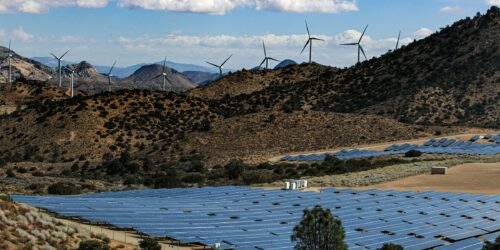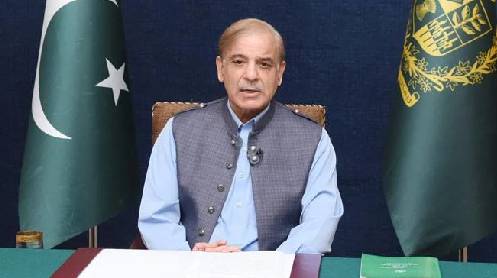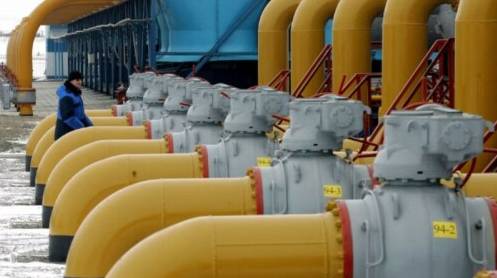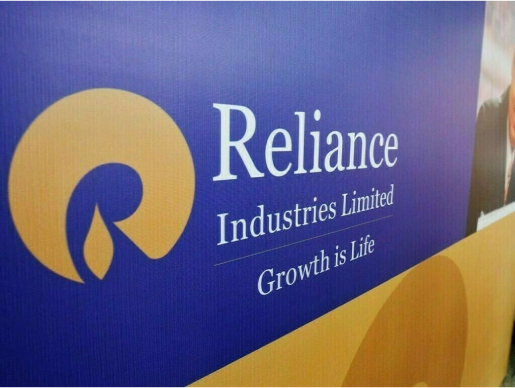Earth Week has come and gone, leaving behind an ankle-deep and green-tinted drift of reports, press releases, and earnest promises from C.E.O.s and premiers alike that they are planning to become part of the solution. There were contingent signs of real possibility—if some of the heads of state whom John Kerry called on to make Zoom speeches appeared a little strained, at least they appeared. (Scott Morrison, the Prime Minister of Australia, the most carbon-emitting developed nation per capita, struggled to make his technology work.) But, if you want real hope, the best place to look may be a little noted report from the London-based think tank Carbon Tracker Initiative.
Titled “The Sky’s the Limit,” it begins by declaring that “solar and wind potential is far higher than that of fossil fuels and can meet global energy demand many times over.” Taken by itself, that’s not a very bold claim: scientists have long noted that the sun directs more energy to the Earth in an hour than humans use in a year. But, until very recently, it was too expensive to capture that power. That’s what has shifted—and so quickly and so dramatically that most of the world’s politicians are now living on a different planet than the one we actually inhabit. On the actual Earth, circa 2021, the report reads, “with current technology and in a subset of available locations we can capture at least 6,700 PWh p.a. [petawatt-hours per year] from solar and wind, which is more than 100 times global energy demand.” And this will not require covering the globe with solar arrays: “The land required for solar panels alone to provide all global energy is 450,000 km2, 0.3% of the global land area of 149 million km2. That is less than the land required for fossil fuels today, which in the US alone is 126,000 km2, 1.3% of the country.” These are the kinds of numbers that reshape your understanding of the future.
We haven’t yet fully grasped this potential because it’s happened so fast. In 2015, zero per cent of solar’s technical potential was economically viable—the small number of solar panels that existed at that time had to be heavily subsidized. But prices for solar energy have collapsed so fast over the past three years that sixty per cent of that potential is already economically viable. And, because costs continue to slide with every quarter, solar energy will be cheaper than fossil fuels almost everywhere on the planet by the decade’s end. (It’s a delicious historical irony that this evolution took place, entirely by coincidence, during the Administration of Donald Trump, even as he ranted about how solar wasn’t “strong enough” and was “very, very expensive.”) The Carbon Tracker report, co-written by Kingsmill Bond, is full of fascinating points, including how renewable energy is the biggest gift of all for some of the poorest nations, including in Africa, where solar potential outweighs current energy use by a factor of more than a thousand. Only a few countries—Singapore, Japan, Korea, Taiwan, and a handful of European countries—are “stretched” in their ability to rely on renewables, because they both use a lot of energy and have little unoccupied land. In these terms, Germany is in the third-worst position, and the fact that it is nonetheless one of the world’s leaders in renewable energy should be a powerful signal: “If the Germans can find solutions, then so can everyone else.” Clearly, those few nations are going to be importing some renewable energy—a more farsighted Australian Prime Minister would be figuring out how to send ships full of solar-generated hydrogen to Japan, not how to continue shipping coal to China. (And, in fact, the world’s largest solar farm is set to end up in the Australian outback, connected by at least two thick undersea cables to Singapore.)
The numbers in the report are overwhelming—even if the analysts are too optimistic by half, we’ll still be swimming in cheap solar energy. “We have established that technical and economic barriers have been crossed by falling costs. It follows that the main remaining barrier to change is the ability of incumbents to manipulate political forces to stop change,” the report reads. Indeed. And the problem is that we need that change to happen right now, because the curves of damage from the climate crisis are as steep as the curves of falling solar prices. Given three or four decades, economics will clearly take care of the problem—the low price of solar power will keep pushing us to replace liquid fuels with electricity generated from the sun, and, eventually, no one will have a gas boiler in the basement or an internal-combustion engine in the car. But, if the transition takes three or four decades, no one will have an ice cap in the Arctic, either, and everyone who lives near a coast will be figuring out where on earth to go.
That conundrum was illuminated on Friday, when word came that Governor Gavin Newsom, of California, who has been under pressure from an unrelenting activist campaign, agreed to ban new fracking permits in his state and end fossil-fuel production there altogether. This is a stunning achievement—for the planet and also for the California communities (and you can guess what kinds of communities they are) that currently have oil wells in their schoolyards and next to their hospitals. The environmentalists who banded together in the Last Chance Alliance should be incredibly proud; Newsom (who is now facing a recall election) deserves credit, as well, because this is precisely the step that his famously green predecessor, Jerry Brown, did not take. The fracking ban, though, only affects a small percentage of California’s oil production, and won’t take effect until 2024. The ban on oil production would not happen until 2045, which in climate terms is the very distant future—a decade past the date when California will ban the sale of new gas-powered cars, which are the main use of oil in the state. It’s clear why Newsom is slow-walking the changes. An executive secretary of a building-trades council immediately responded, “We will work to oppose this effort for our membership, their families, our schools, and our future. I have one question for Gavin Newsom: Are our jobs too dirty for you?”
Change is hard. The job of politicians is to make it easier for those affected, so that what must happen can happen—and within the time we’ve been allotted by physics. But that hard job is infinitely easier now that renewable energy is suddenly so cheap. The falling price puts the wind at our backs, as it were. It’s the greatest gift we could have been given as a civilization, and we dare not waste it.





